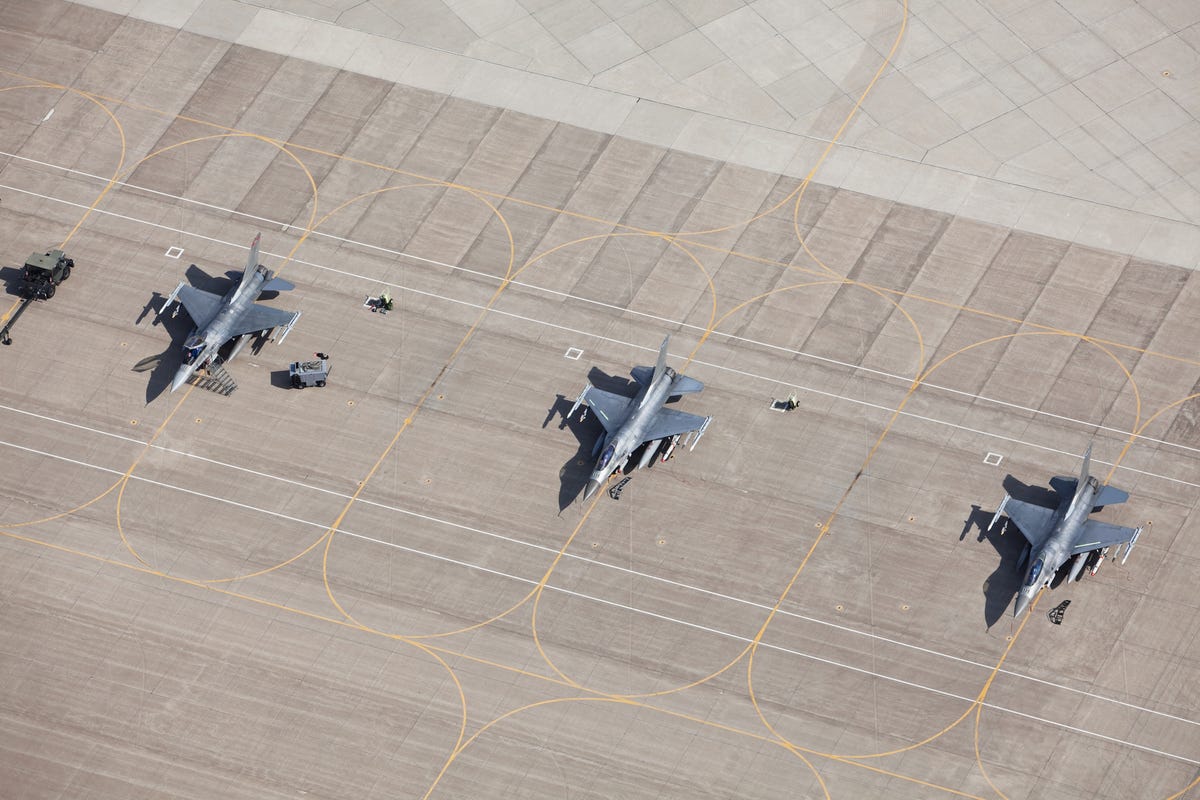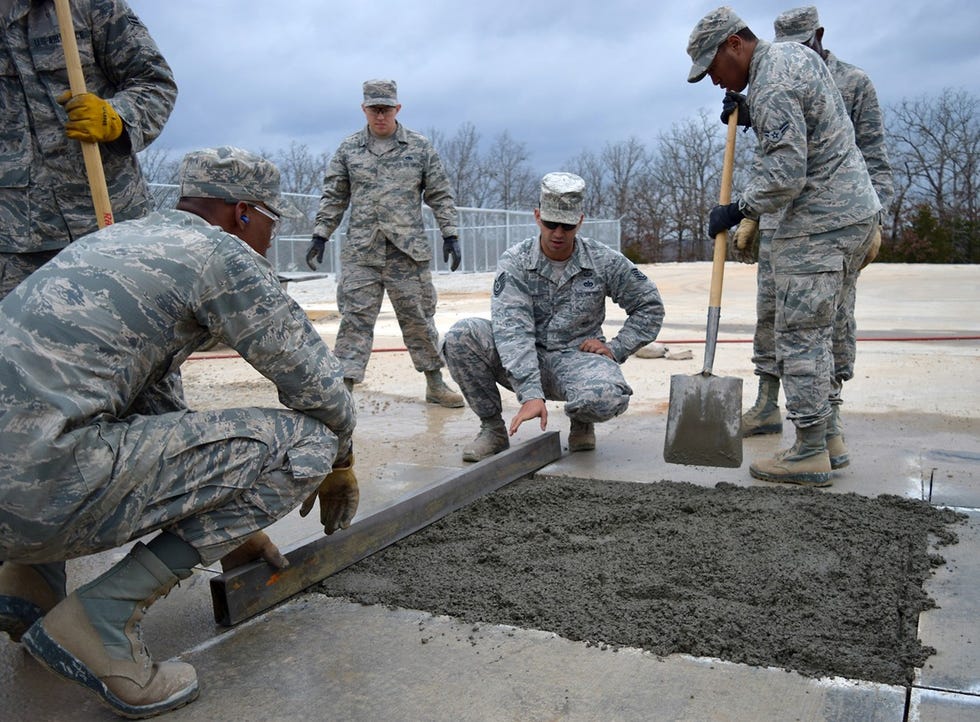MICHAEL PECK

For anyone who has ever tripped on a sidewalk or driveway, cracked concrete is a problem. But what if concrete could heal itself? Buildings with cracks could erase the damage before it spreads or before the structure crumbles. Or, a concrete runway cracked from wear and tear—or cratered by enemy bombs—could fill the holes by itself and allow aircraft to take off.
The Defense Advanced Research Projects Agency (DARPA), the Pentagon’s pet research office, wants to cook up exactly that type of concrete for military installations. The Bio-inspired Restoration of Aged Concrete Edifices (BRACE) program will merge biology and concrete to make that reality.
It’s an odd mix. In literature and movies, concrete is often depicted as the antithesis of life. Yet BRACE actually incorporates biological organisms to create what is essentially a vascular system inside concrete. This circulatory system of sorts can heal cracks from the inside before they reach the surface of a structure, enabling concrete to “heal” as living creatures do. It can also be used to diagnose why the concrete is deteriorating.
“The central hypothesis of BRACE is that concrete can be infused with self-repair capabilities typically found in living organisms, drawing inspiration from vascular systems found in humans and vast networks of filamentous fungi that can span acres of land similar in scale to concrete buildings,” DARPA says in a recent press release. “Such systems could provide a network of transportation for healing within the depths of the material to repair cracks before they reach the surface and before they cause failure.”
Brace will examine several biological approaches inspired by fungi and bacteria, Matthew Pava, a program manager in DARPA’s Biological Technologies Office, tells Popular Mechanics. “While biological strategies are a potential technological approach the program will explore, bio-inspired approaches relying on enzymes and ceramic-like materials are also being investigated.”
The goal is to insert BRACE “within cracks and voids of aged concrete to initiate repair, and then remain present to heal additional cracks that emerge over time,” Pava says.
Concrete is a challenging biological environment. It is highly alkaline “like drain cleaner,” Pava says, and there are few organic compounds, such as protein, to sustain life. On the other hand, concrete is not incompatible with life. “Biology is ubiquitous, and recent research has demonstrated that even concrete has its own, unique microbiome. We plan on incorporating ‘engineered living material’ to assist in solving this problem, limiting carbon output associated with concrete construction, and possibly reducing repair costs for civil and military infrastructure.”
One question that the U.S. military will certainly ask is whether self-healing concrete can be used in combat zones to strengthen airfields, roads, bridges, and other infrastructure. While it is too early to determine if this is feasible, BRACE will proceed along two paths: a strategic track aimed at big, permanent structures, such as missile silos and naval piers, and a tactical track for fast repair of temporary airfields used by expeditionary forces.

Air Force Tech. Sgt. James Medieros, center, instructor for the Pavement Maintenance and Equipment Operators Apprentice Course, 364th Training Squadron, Detachment 1, Fort Leonard Wood, demonstrates how to evenly distribute concrete.U.S. Army
BRACE will span 4.5 years as several contractors—including Lawrence Livermore National Laboratory, the University of Colorado Boulder, and Battelle Memorial Institute—each use different approaches in developing the technology.
Perhaps because BRACE uses biological organisms and processes, the DARPA announcement emphasized that “safety is paramount, and all research will be subject to regular review by both an independent laboratory and regulatory agencies to ensure BRACE technologies do not pose a threat to human or structural health.” Researchers will be required to work with experts in the “ethical, legal, and societal implications” of the technology, as well as meeting EPA requirements when testing BRACE outside the laboratory.
“DARPA does not assume safety,” Pava explains. “We perform tests to empirically determine whether the technology meets appropriate safety standards, and we do this in accordance with appropriate regulatory bodies, including, but not limited to, the Environmental Protection Agency.”
The concept of self-healing concrete, or “bioconcrete,” isn’t new. But the benefits for military use could be enormous. Crumbling facilities at U.S. military installations have become a major problem: structures are old and falling apart, from barracks to supply depots. Buildings that could repair themselves would save money and improve morale. In combat, a self-repairing runway would save on maintenance—and complicate the task of an attacker who couldn’t be sure if the airbase would soon be back in operation.
And, perhaps someday, that sidewalk will fix itself.
No comments:
Post a Comment